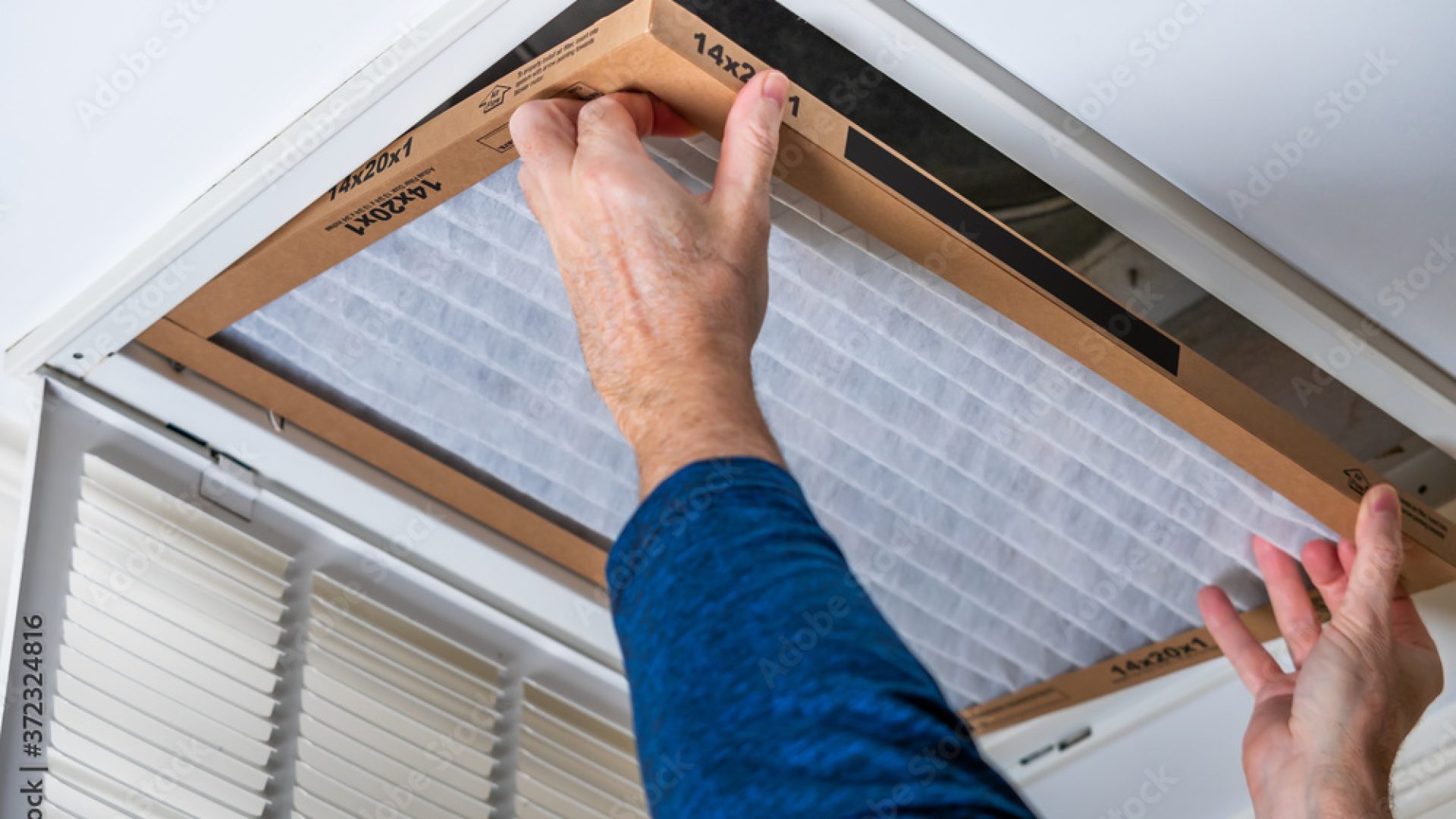Preventative maintenance is a maintenance process that intends to detect any failures, defects, and equipment breakdowns before they quit working, leading to a potential maintenance emergency. This type of maintenance includes scheduling routine equipment checks and replacements of old parts. In doing this, you can extend the life of your assets and avoid costly maintenance repairs. If done right, preventative maintenance will create a more positive maintenance experience for your residents, saving your maintenance tech time and your property owners costly expenses. In fact, some property management companies charge a set inspection fee, resulting in more profit for them while saving money for their owners. Using our industry data, we’ve compiled a list of the most common examples of preventative maintenance that you can implement into your property maintenance strategy.
1- Replacing air conditioner and furnace filters
One of the most common examples of preventative maintenance tasks you can do now is replacing air conditioning and furnace filters. This is critical because it helps reduce air pollution, improve air quality, and prevent systems from overheating. When AC and furnace filters are clogged with dust, dirt, and debris, they can’t function properly. This can lead to circulating dirty air, reduced energy efficiency, and increased costs. By changing the filters regularly, you can ensure that your residents enjoy clean air and that your system runs at its best. Regulating and replacing filters can prolong the life of your HVAC systems and help avoid costly replacements down the road.
2- Roof and gutter inspections
Inspecting the roof and gutters on your properties regularly to ensure they are in good condition and free of any damage or debris. Regular inspections help to identify any issues early so maintenance technicians can repair them before they cause further damage to your properties. Additionally, inspecting the roof and gutters will help keep your properties safe and secure from water damage, leaks, and other potential hazards. It is crucial to maintain the condition of roofs to avoid water from leaking into the property. Water damage can cause severe structural damage to a property, leading to costly repairs.
3- Flushing of water heater
Flushing out water heaters is essential for several reasons. First, it helps remove sediment buildup in the tank, which can cause corrosion and reduce efficiency. It also helps to remove any minerals that can be present in the water, which can build up over time and reduce the amount of hot water available. Finally, flushing out the tank can help extend the water heater’s life and ensure it runs efficiently for years.
If you don’t flush water heaters, the system will have to work harder to heat your water, which can lead to higher energy bills. Additionally, the buildup can cause your water heater to malfunction and eventually fail, costing additional money to repair or replace it. Water heaters should be flushed out at least once a year to avoid buildup and system failure.
4- Replacing batteries in smoke and carbon monoxide detectors
This one should be obvious, but failing to replace batteries in a smoke detector can cause immense damage to properties and is dangerous for your residents. At the start of the tenancy, the landlord should ensure that the smoke detectors have working batteries. The batteries need to be checked at least once every six months. Make sure your lease states whether batteries need to be replaced by residents or is the property manager’s responsibility.
Carbon monoxide detectors help detect deadly gas present in a home. Furnaces, dryer vents, fireplaces, and chimneys can cause carbon monoxide leaks. It is recommended that residents test their carbon monoxide detectors monthly and replace batteries every six months. Check the lifetime of your detectors so you know when they need replacing.
5- Refresh bathroom caulk and grout
You should check the bathrooms and kitchens between tenants to evaluate the tile grout and caulk around the shower or sink. This helps prevent water from getting where it shouldn’t. When grout or caulk starts to peel and isn’t fixed, water can cause mold and lead to more extensive damage if left unattended.
If you see mold or mildew, your caulk and grout are peeling or cracking, or it has been longer than five years. During a unit turnover, inspecting the grout and replacing it if necessary is a good idea.
With designated maintenance software, you can use these examples of preventative maintenance to easily schedule maintenance so it never gets missed. Schedule a demo with our maintenance experts to see preventative maintenance’s impact on your company’s bottom line.





